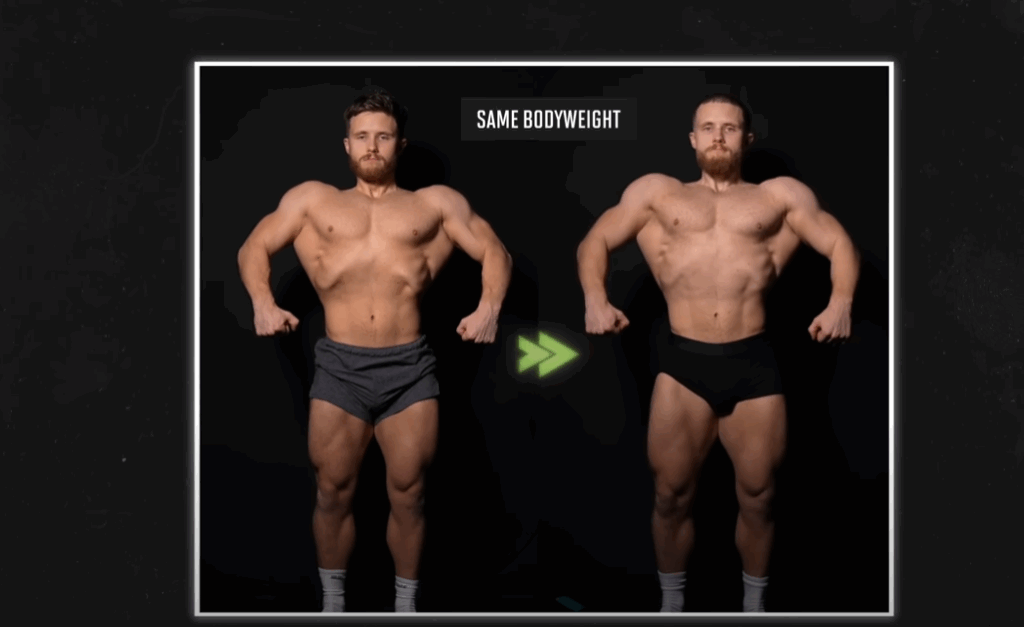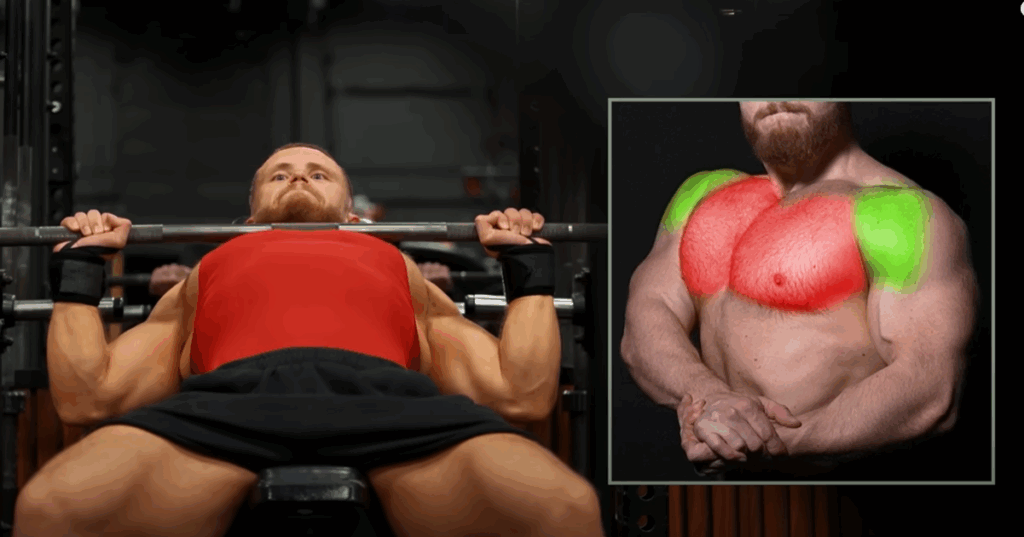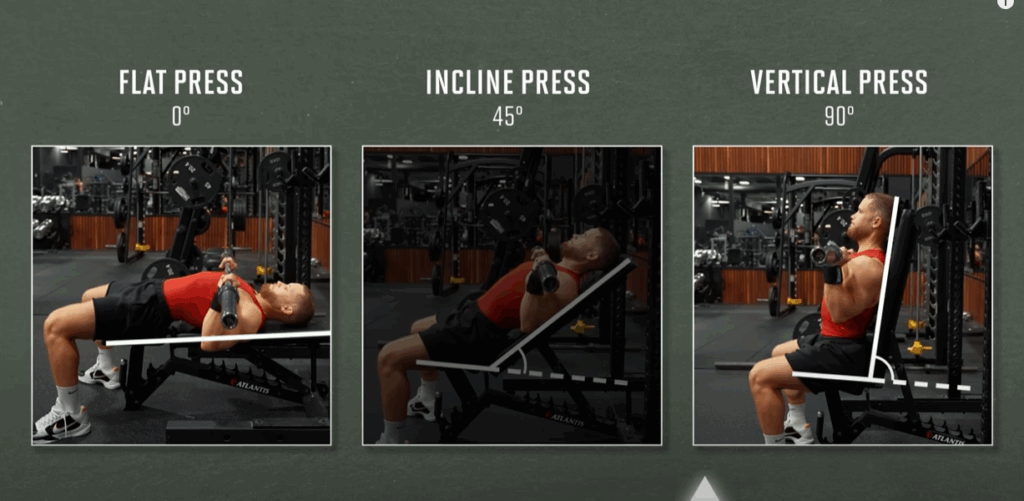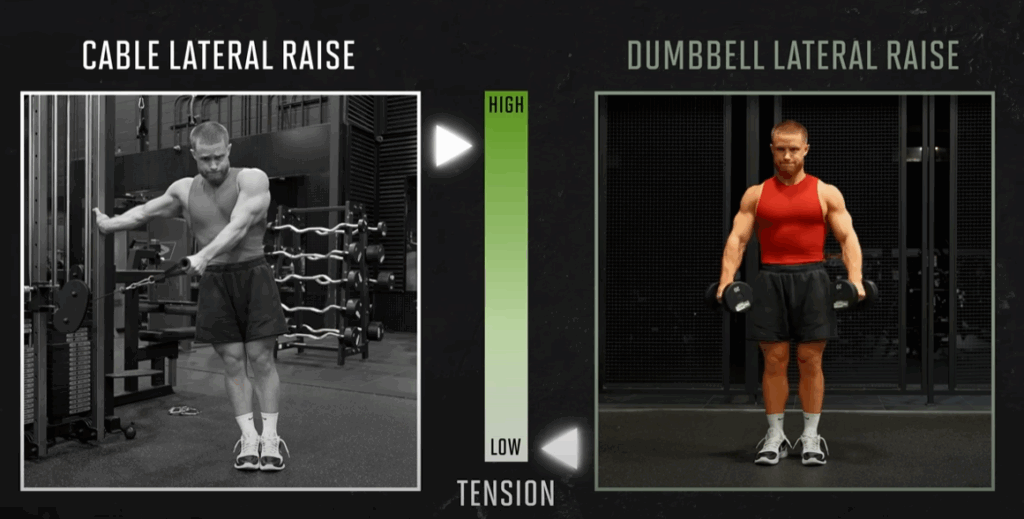Optimized Upper Body Workout: Science-Based Strategies for Maximum Hypertrophy
Training your upper body with consistency, purpose, and progressive overload can lead to impressive results—even for seasoned lifters. Over a full year of focused upper body training, I refined my approach to target hypertrophy across the chest, shoulders, back, and arms. The gains were measurable, both visually and through body composition metrics. Below is a professional-level guide to replicating this success.

Chest Development: Incline Barbell Bench Press
The incline barbell press remains a cornerstone for upper chest development and shoulder integration. By pressing at a 45-degree angle, you stimulate the clavicular head of the pectoralis major more effectively than with flat presses. This angle also supports mid and lower pec growth, making it highly time-efficient.
A narrower grip increases the range of motion, which also enhances triceps recruitment without compromising chest activation. Use controlled reps, avoid bouncing the bar off your chest, and ensure each set ends with consistent form to maintain effective progressive overload.
Isolation for Pecs: Seated Cable Flyes
To fully stretch and contract the chest muscles, seated cable flyes are invaluable. They allow for greater range of motion compared to machine pec decks, and the seated position offers better stability. Position the bench away from the stack and initiate each rep with control. Visualize bringing your elbows together to maximize pec engagement while minimizing shoulder or triceps involvement.
The arc-like movement path optimally loads the chest fibers, and a wide negative reinforces muscular control. Finish your last set to failure to push hypertrophy signaling.
Back Density and Width: Weighted Pull-Ups
Weighted pull-ups proved instrumental in developing my lats and mid-back. They activate the latissimus dorsi, rhomboids, trapezius, and even the spinal erectors to a degree. A moderate grip—neither too wide nor completely neutral—offers a balance between comfort and activation.
Focus on leading with your chest and driving your elbows down and in. If you’re new to pull-ups, start with band-assisted or eccentric-only reps. Progressively increasing resistance over time is the key to substantial back gains.

Shoulder Width: High Cable Lateral Raises
To enhance the lateral deltoids, high cable lateral raises offer constant tension throughout the movement. Setting the pulley above shoulder level ensures the delts are loaded during their most stretched position.
Avoid shrugging; instead, emphasize sweeping the arm outward. This isolates the lateral head without upper trap interference. A couple of hard sets performed with precision and full range are enough to yield visible growth over time.
Back Thickness: Deficit Pendlay Rows
Pendlay rows performed from a raised surface extend the range of motion and demand strict spinal alignment. This variation enhances lat stretch at the bottom and magnifies mid-trap and rhomboid engagement.
Use explosive concentric phases and controlled eccentric lowering. On the final set, consider lengthened partials to exhaust the muscle in its strongest range. Avoid becoming too upright, as horizontal alignment maximizes the effectiveness of scapular retractors under load.

Triceps Focus: Overhead Cable Extensions
For targeting all three triceps heads, particularly the long head, the overhead cable extension is unmatched. Begin with the cable set high and maneuver into position by squatting beneath the handle. This conserves energy for your working sets.
Maintain elbow position throughout the range and finish with a controlled stretch. According to recent studies, this movement yields superior hypertrophy compared to traditional pushdowns, especially when taken to failure.
Biceps Precision: Bayesian Cable Curls
Bayesian curls offer a biomechanical advantage by keeping tension high in the lengthened position. This enhances fiber recruitment and stretch-mediated hypertrophy. Position yourself slightly forward of the cable and allow your arms to extend fully before curling.
Alternate these with preacher curls and hammer curls on separate days for balanced development across both heads of the biceps and the brachialis. Prioritize controlled tempo and maintain alignment throughout.

Key Training Principles:
- Progressive Overload: Track your volume and strive for weekly improvements in load, reps, or execution.
- Mind-Muscle Connection: Focused intent during isolation lifts enhances motor unit recruitment.
- Volume Management: For most exercises, 2–4 sets taken close to failure is sufficient. Prioritize quality over quantity.
- Recovery: Schedule deload weeks periodically to prevent overtraining and facilitate long-term growth.
Final Thoughts
A well-structured upper body workout requires more than just exercise selection—it demands intelligent programming, technique precision, and consistent effort. This guide offers a blueprint rooted in science and practical experience to help you elevate your physique.
If you’re serious about achieving your aesthetic or performance goals, consider reaching out for a customized training or nutrition consultation. You can also explore related articles that dive deeper into optimizing each muscle group with evidence-based strategies.



